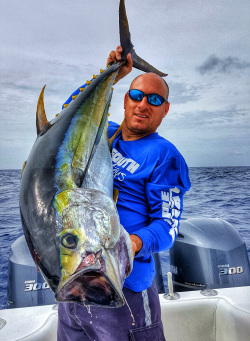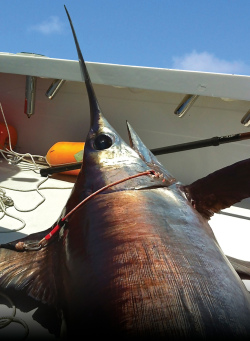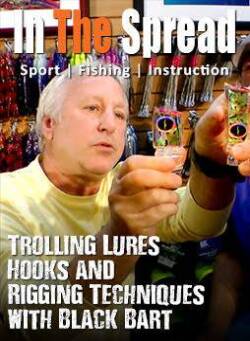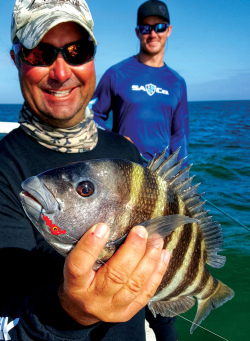Planer fishing with downriggers is essential for catching big fish and schools of fish. These larger, hard-driving planers require maximum tension on gear and allow for easy cranking. To attach the planer to the shock cord, use high-vis dacron, swivel boom tip, and small lead. Use ball bearing swivels to prevent line twisting and drop the planer back from the set position.
Planer Fishing - Downriggers
(00:06:54)
Watch Full Video
View Short Trailer
Instructor:
RJ Boyle
Description
/
Review
/
Instructor
Planer fishing with downriggers is a fantastic method to get your bait deep into the water. Typically, you might use No. 4, 6, or 8 sized planers on your rods. However, with a downrigger, you can go for No. 12 or 24. This ensures your bait reaches deeper layers of the water column. There will be instances when fish are suspending deeper than what your smaller planers can access. That's when the downrigger becomes essential.
Learn the principles of fishing with downriggers.
Login
to leave a review.
User Reviews
There are no reviews yet.We Recommend
0




